Longan Profile
Written by Joy
Nov 06 2020
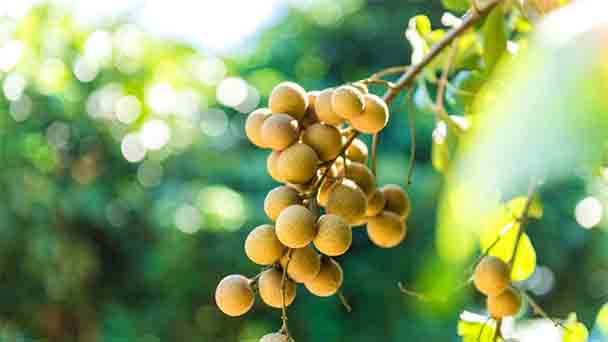
Longan is a plant of the genus Longan in the Sapindus family. Evergreen tree, usually more than 10 meters high; branchlets are stout, puberulent, and scattered with pale lenticels. The petiole is 15-30 cm or longer; 4-5 pairs of leaflets, thinly leathery, oblong-elliptic to oblong-lanceolate, often asymmetrical on both sides; petiole length usually does not exceed 5 mm. The inflorescence is large and multi-branched; the pedicel is short; the sepals are nearly leathery, triangular-ovate; the petals are milky white, lanceolate, nearly as long as the sepals, only puberulent on the outside; the filaments are short bristles. The fruit is nearly spherical, usually yellowish-brown or sometimes grayish-yellow, slightly rough on the outside, or rarely with small convex tumors. The seeds of longan are dark brown, shiny, and all are wrapped in fleshy arils. Flowering in spring and summer, fruiting in summer.
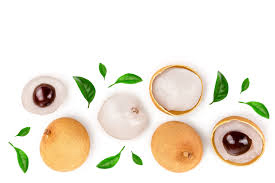
Longan morphological characteristics
Longan is an evergreen tree, usually more than 10 meters in height, with large trees up to 40 meters in height and 1 meter in diameter at breast height with buttresses in between. The branchlets are thick, puberulent, and scattered with pale lenticels. The petiole is 15-30 cm or longer. Longan has 4-5 pairs of small leaves, rarely 3 or 6, thinly leathery, oblong-elliptic to oblong-lanceolate, often asymmetrical on both sides, 6-15 cm long, 2.5-5 cm wide, short tip Pointy, sometimes slightly blunt head, extremely asymmetrical at base, broad wedge-shaped to truncated on the upper side, almost parallel to the leaf axis, narrow wedge-pointed underside, dark green on the ventral surface, shiny, pinkish green on the back, hairless on both sides. Longan has 12-15 pairs of lateral veins, bulging only on the back; petiole length is usually no more than 5 mm.The inflorescence of longan is large, multi-branched, terminal and near branch axillary, densely covered with stellate hairs; pedicel is short; sepals are nearly leathery, triangular-ovate, about 2.5 mm in length, both sides are covered with brown and yellow hairs and bunches Stellate hairs; petals milky white, lanceolate, nearly as long as sepals, only puberulent on the outside; filaments short bristles. The fruit is nearly spherical, 1.2-2.5 cm in diameter, usually yellowish-brown or sometimes grayish-yellow, slightly rough on the outside, or rarely with small convex tumors; the seeds are dark brown, bright, and all are wrapped in fleshy arils. The flowering period of the longan is between spring and summer, and the fruit period is summer.
Longan growth habit and growing environment and distribution
Temperature
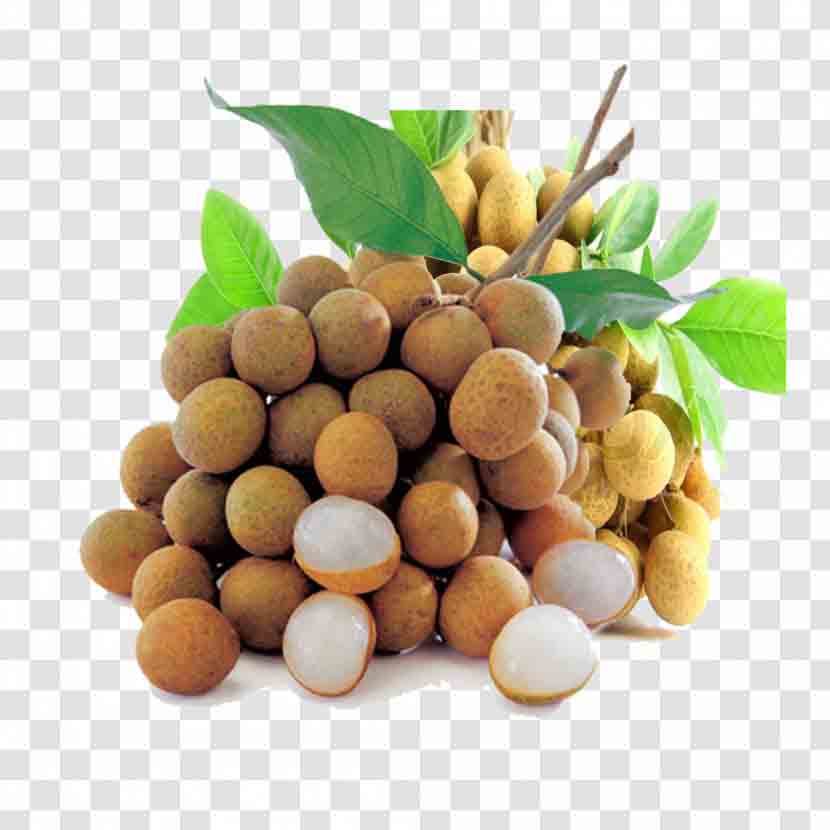
Moisture
Longan producing areas generally have an annual rainfall of 1200-1600 mm.illumination
Longan is a positive tree species and requires sufficient sunlight.
Soil
Longan is very adaptable to the soil. In the main production area of Putian, Fujian, China, red sandy soil and clay can grow. As long as the topsoil layer is deep and the drainage is good, almost all kinds of soil can adapt. Sandy loam is the best, followed by sandy red soil and clay. The soil pH is 5.4-6.5 to grow best, and alkaline soil is not suitable for planting.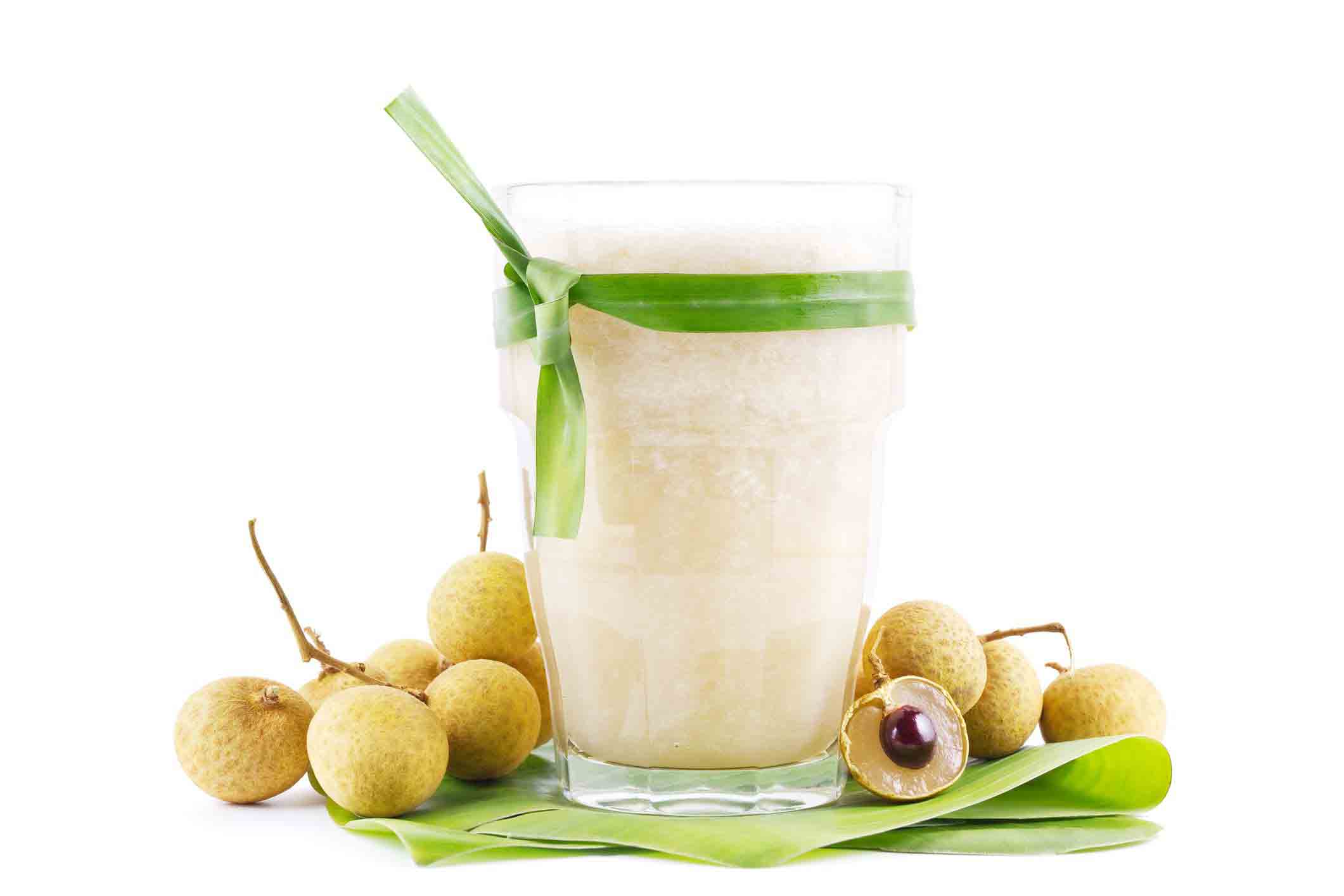
Longan efficacy and role
Medicinal use: The fruit is rich in nutrition and is a valuable advanced tonic. Longan has a sweet taste and has the functions of nourishing the heart and spleen, nourishing blood and calming the nerves. Indications include deficiency of Qi and blood, restless heart palpitations, forgetfulness and insomnia, blood deficiency and chlorosis, as well as middle-aged and elderly weakness, hypertension, hyperlipidemia and coronary heart disease.Economy: Longan is mainly used as a fruit for economic purposes. The seeds contain starch and can be used for wine after proper treatment. The wood of longan is solid, heavy, dark reddish-brown, water-resistant, and is an excellent material for shipbuilding, furniture, and craftsmanship.
Longan cultivation
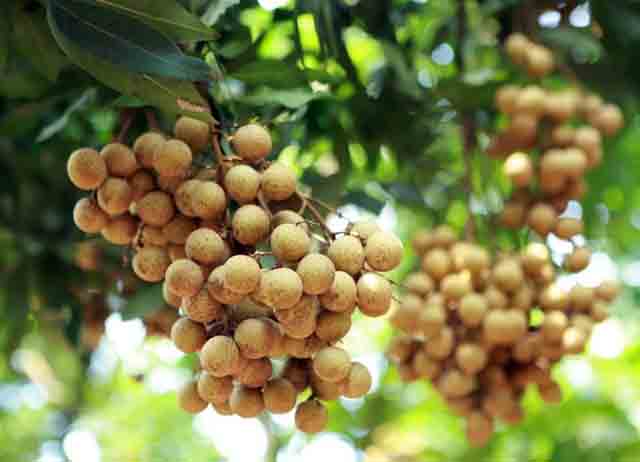
Grafting
There are many methods of grafting, including sprout attachment, tongue splicing, abdominal splicing, insertion splicing, cutting splicing, docking and sprout anvil grafting. The methods of sticking buds, tongues, and sprouts with anvils are simple and easy, and the survival rate is high. In addition, some areas have also adopted high grafting to transform seed trees with small fruits, poor quality, and low yields to improve economic benefits. The embedded method is generally used. Grafting seedling breeding has a high propagation coefficient, can maintain the characteristics of famous and high-quality varieties, early fruit, high yield, developed root system, adapt to mountain cultivation, strong typhoon resistance, and suitable for development and promotion of coastal hilly land.High pressure
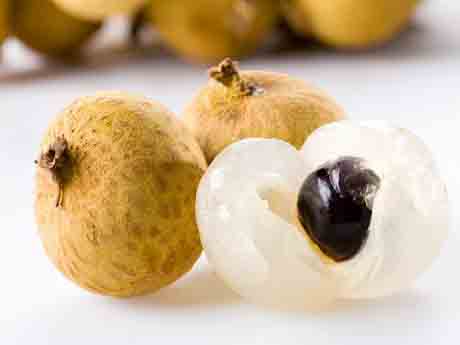
Latest Updated
- Benefits of Bugleweed - 7 Science-backed Health Benefits
- Bugleweed Dangers & Side Effects - Is It Poisonous?
- How to Plant Evergreen Trees - What You Should Know
- When to Plant Evergreens - Grow Guide for Evergreen Trees
- 12 Wonderful Evergreen Shrubs for Your Garden
- 12 Popular Evergreen Plants with Pictures for Beginners
- When And How To Prune A Lilac Bush Like a Pro
- How to Grow & Care for Lilac Vine (Hardenbergia Violacea)
- Japanese Lilac Tree (Syringa Reticulata) Care & Propagation Guide
- Shumard Oak Pros and Cons - What to Know
Popular Articles
- Winter maintenance of Antirrhinum Majus
- How to Grow Terminalia Mantaly Tree
- How to Grow and Care for Crossostephium Chinense
- How to grow Antirrhinum Majus in spring
- Peristeria Elata (Dove Orchid) Profile: Info & Care Guide
- Underwatered Snake Plant (Sansevieria Trifasciata) - Signs And How To Fix
- How to Care for Brazilian Jasmine Plant (Mandevilla Sanderi)
- How to Grow & Care for Graptopetalum Purple Delight in Summer
- Rosa Chinensis (China Rose): Plant Growing & Care Tips
- How to Care for Baby Sun Rose (Aptenia Cordifolia)